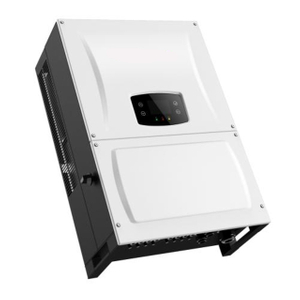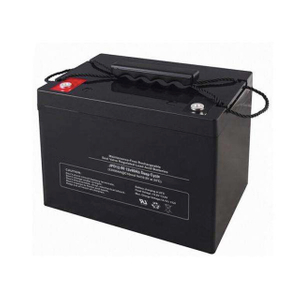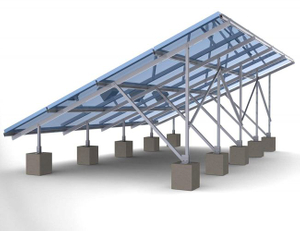How a PV Module Works
A PV module (or PV panel) is made up of several photovoltaic cells. When exposed to sunlight, these cells produce a small direct current of electricity, and can generate a large amount of electrical power when installed as multiple arrays, with no moving parts, noise or CO2 emissions. The PV cell takes advantage of the photoelectric effect at the atomic level. The cells are constructed of semiconductor materials, typically silicon-based, and layered between electrodes to provide a path for electrons to flow. The layers are manufactured to have opposing charges (positive and negative) to create the potential for an electric field. Photons in sunlight contain energy that is absorbed by the cell and stimulates electrons to dislodge from their atoms and create an electric field. The flow of electrons between the semiconductor layers is the electricity that is harnessed by your solar PV system to supply your home or business with renewable energy.

Basic PV cell construction
Types of Solar PV Module
Types of solar photovoltaic (PV) modules include monocrystalline, polycrystalline, and thin film technologies.

| 
| 
|
| Monocrystalline Solar Module | Polycrystalline Solar Module | Thin Film Solar Moudle |
The best performing commercially available monocrystalline and polycrystalline solar modules are typically 15-20% efficient at converting solar energy into electricity. Typically a PV array is made up of several rectangular modules (or panels) with an aluminium frame and anti-reflective glass cover protecting an arrangement of PV cells.
Unlike monocrystalline and polycrystalline solar panels, some thin film solar panels are manufactured on a flexible sheet. These thin film solar panels have many applications including PV roof tiles and peel-and-stick membranes designed for use on metal roofing or windows. Thin film solar panels have relatively low efficiencies-usually in the range of 10% to 12%, so they require almost twice the area required for a monocrystalline or polycrystalline solar panel array with the same electrical output.












